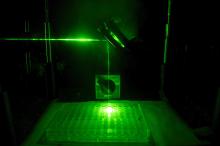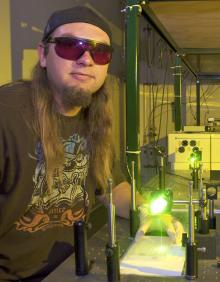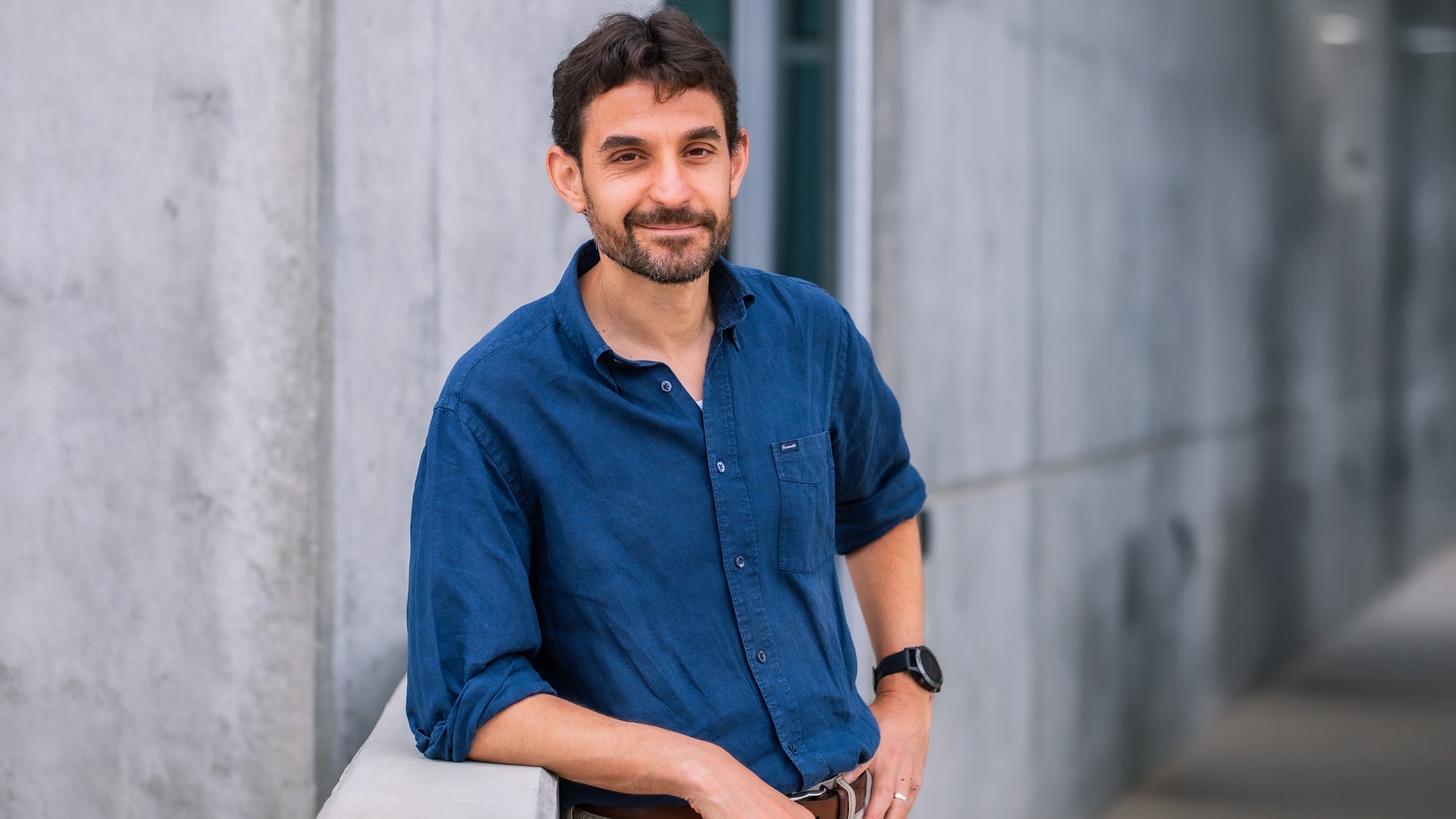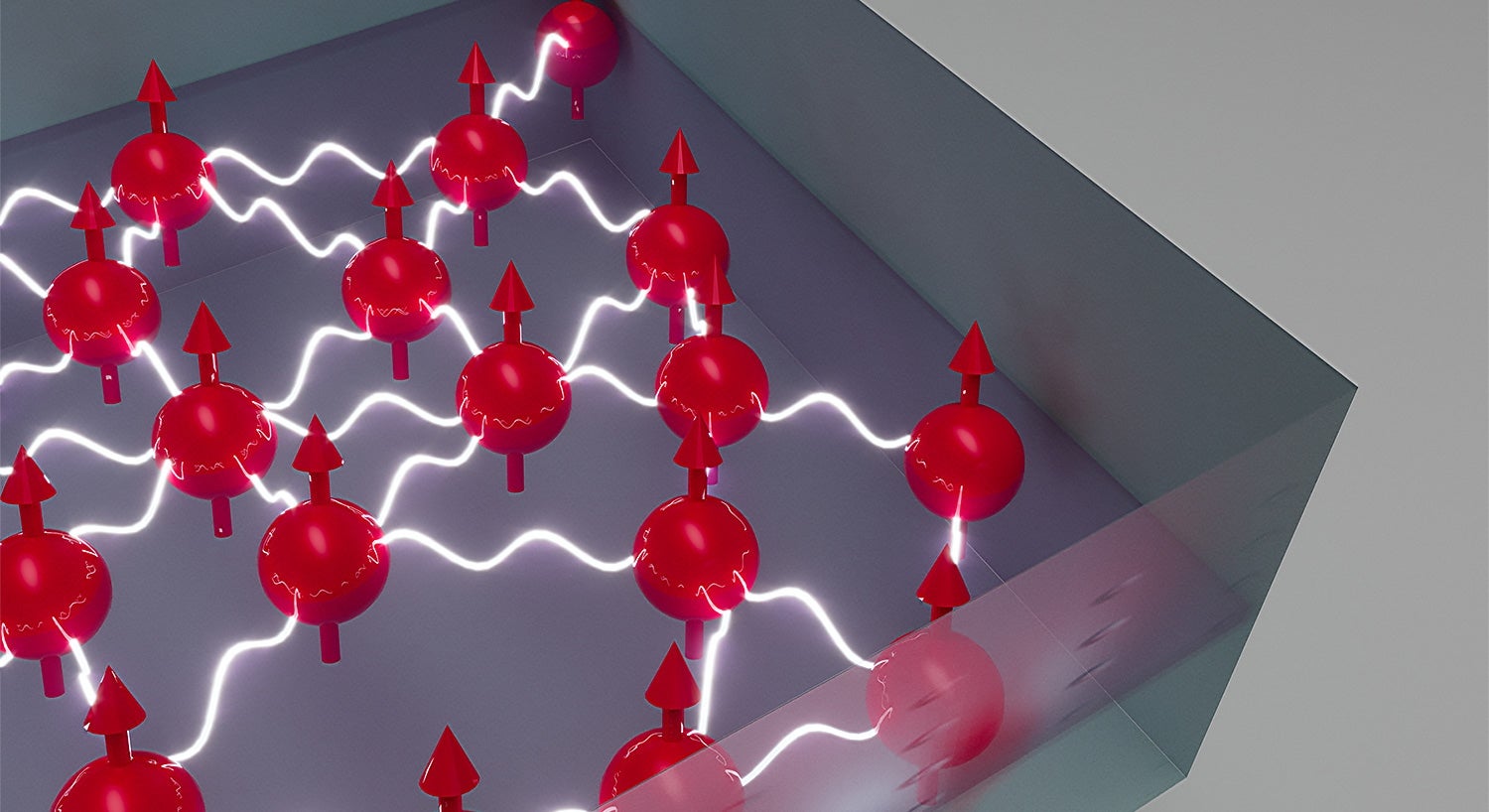

Researchers at UC Santa Barbara have developed a new way to deliver drugs into cancer cells by exposing them briefly to a non-harmful laser. Their results are published in a recent article in ACS NANO, a journal of the American Chemical Society.
"This entirely novel tool will allow biologists to investigate how genes function by providing them with temporal and spatial control over when a gene is turned on or off," explained Norbert Reich, senior author and a professor in the Department of Chemistry and Biochemistry at UCSB. "In a nutshell, what we describe is the ability to control genes in cells –– and we are working on doing this in animals –– simply by briefly exposing them to a non-harmful laser."
The scientists used cancer cells from mice, and grew them in culture. They then introduced gold nanoshells, with a peptide-lipid coating, that encapsulated "silencing ribonucleic acid" (siRNA), which was the drug that was taken up by the cells. Next, they exposed the cells to a non-harmful infrared laser.
"A major technical hurdle is how to combine multiple biochemical components into a compact nanoparticle which may be taken up by cells and exist stably until the release is desired," said Gary Braun, first author and a graduate student in UCSB's Department of Chemistry and Biochemistry. "Laser-controlled release is a convenient and powerful tool, allowing precise dosing of particular cells within a group. The use of biologically friendly tissue penetration with near-infrared light is the ideal for extending this capability into larger biological systems such as tissues and animals."
The authors demonstrated, for the first time, the delivery of a potent siRNA cargo inside mammalian cancer cells, released by exposing the internalized nanoparticles for several seconds to a pulsed near-infrared laser tuned for peak absorption with a specific spatial pattern. The technique can be expanded to deliver numerous drug molecules against diverse biological targets.
The additional collaborating authors on the paper are Alessia Pallaoro, also of UCSB's Department of Chemistry and Biochemistry; Guohui Wu and Joseph A. Zasadzinski, of UCSB's Department of Chemical Engineering; Dimitris Missirlis, of UCSB's College of Engineering, and Matthew Tirrell, former dean of UCSB's College of Engineering and now at UC Berkeley.
† Top photo: The near-infrared laser pathway into the cell culture plate, traced by visible laser for photo.
photo credit: Rod Rolle
†† Bottom photo: Gary Braun uses cancer cell cultures and a pulsed laser to study remote control gene silencing by specialized nanoparticles. The normally invisible laser is replaced by a visible one for the photo.
photocomposite credit: Rod Rolle
Related Links



